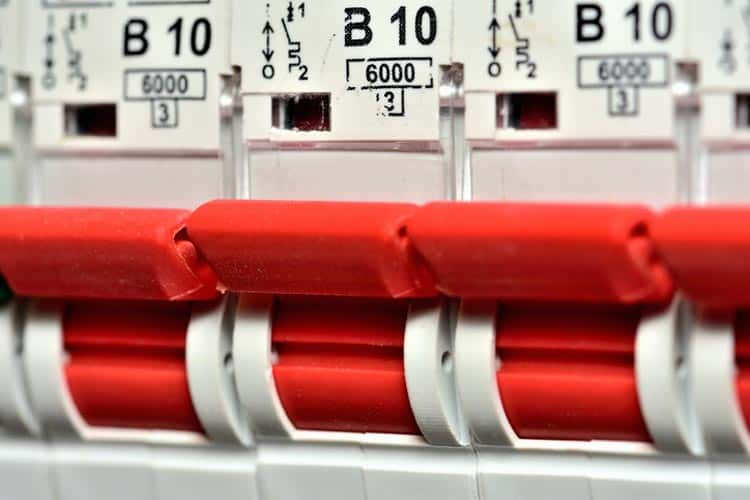Hello everyone, Gary here, and today I want to talk to you about a serious topic that affects many people in the electrical industry: RCD testing. While it may seem like a straightforward task, there are a number of dangers associated with this type of testing that you need to be aware of in order to stay safe on the job.
First and foremost, it’s important to understand what an RCD is and why it’s used. An RCD, or residual current device, is a safety device that is designed to protect against electrical shock. It does this by quickly cutting off the electricity supply if it detects a fault in the circuit, such as a person coming into contact with a live wire. RCDs are mandatory in many countries, including the UK and Australia, and they play a vital role in keeping people safe around electricity.
However, in order for an RCD to function properly, it needs to be regularly tested to ensure that it’s working correctly. This is where the danger comes in. RCD testing involves deliberately creating a fault in the circuit to see if the device reacts as it should. This can be done using an RCD tester, which simulates a fault in the circuit and measures the RCD’s response.
The danger with RCD testing comes from the fact that it involves working with live electricity. Even though RCDs are designed to protect against electrical shock, there is still a risk of injury or death if proper safety precautions are not taken. This is why it’s important to follow the recommended safety guidelines when performing RCD testing.
The first safety recommendation is to make sure that you are properly trained and qualified to perform RCD testing. This is not a task for amateurs or those who are not properly trained in electrical safety. If you are not qualified to perform this type of testing, you should never attempt to do so.
The second safety recommendation is to always use the correct testing equipment. This includes using an RCD tester that is specifically designed for the type of RCD that you are testing. Using the wrong equipment can result in inaccurate test results or even damage to the RCD.
The third safety recommendation is to always wear appropriate personal protective equipment (PPE) when performing RCD testing. This includes wearing rubber gloves, safety glasses, and other protective gear as recommended by your employer or the manufacturer of the testing equipment.
The fourth safety recommendation is to always work in pairs when performing RCD testing. This ensures that there is always someone present who can assist in the event of an emergency. It’s also a good idea to have a clear communication plan in place so that both individuals know what to do in the event of an emergency.
The fifth safety recommendation is to always turn off the power before performing any maintenance or testing on electrical equipment. This includes RCD testing. Even though RCDs are designed to protect against electrical shock, there is still a risk of injury or death if proper safety precautions are not taken.
The sixth safety recommendation is to never test an RCD that is being used to protect life-support equipment or other critical equipment. This includes medical equipment, security systems, and other equipment that could be dangerous if it were to fail.
In conclusion, RCD testing is an important task that helps to ensure the safety of those working with electricity. However, it is also a task that comes with a number of dangers that must be taken seriously. By following the recommended safety guidelines, you can help to minimise the risk of injury or death when performing RCD testing. Remember, safety always comes first, and it’s better to be safe than sorry. Stay safe out there, everyone!
Cheers,

![]()






